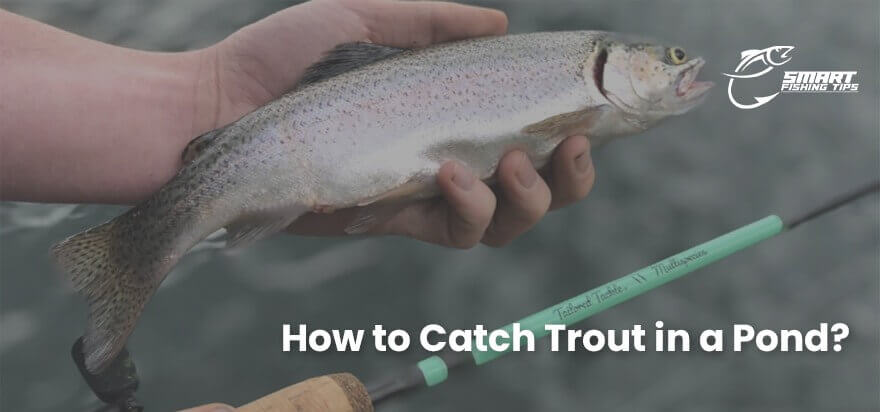Trout fishing in the pond may seem an arduous task if you haven’t done it before. But trust me, with proper guidance, it can turn into a lifetime adventurous and rewarding experience. It doesn’t matter whether you are a novice angler or an experienced one and want to learn trout fishing in the pond, this article will take you through the journey of how to catch trout in a pond by uncovering the mysteries of best fishing techniques, best tactics for trout fishing in different seasons, best trout bait and trout prime spots, etc. By the end of this article, you’ll be confident enough to grab your gear and hit the jackpot.
Best Fishing Techniques
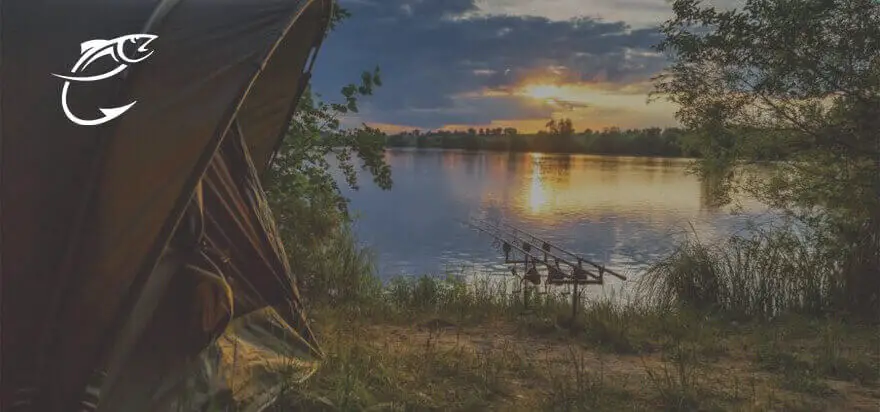
Having knowledge of different fishing techniques enables an angler to fish in different seasons and different environments easily. Following fishing techniques will help you adapt accordingly:
1. Float Fishing
Float fishing comes in handy when you want to cast in water with a water depth of 2-15 feet. This technique could help you fish when they are active. For float fishing, all you need is a long spin casting rod of 6 feet, a reel, a monofilament line, an afloat or bobber, a hook and bait. Bait is presented below the bobber, and the fish bite is noticed by the movement of the float.
2. Deep Fishing
When trout goes in deep waters, especially during the winter season, to keep them in stable ice conditions or during the summer season to protect them from the warm water and direct sunlight, the deep fishing technique helps a lot in such situations. For deep fishing, all you need is a long spin casting rod of 6 feet, a reel, a monofilament line, a heavier lead instead of a float, a hook and bait. This heavy lead is attached 1-1.5 feet above the hook that lets it sink in deep waters.
3. Spin Fishing
Spin fishing is really helpful during the spring season as this season offers a huge buffet of aquatic insects. As the lures look like food, this technique can help in catching a lot of fish. For spin fishing, all you need is a long spin casting rod of 6 feet, a reel, a monofilament line, imitation or lure. The lure is cast and then retrieved with a variable speed to mimic the movement of the real prey.
You May Also Check: 7 Best Salmon Rod For The Money
Best Trout Fishing Tactics for Different Seasons
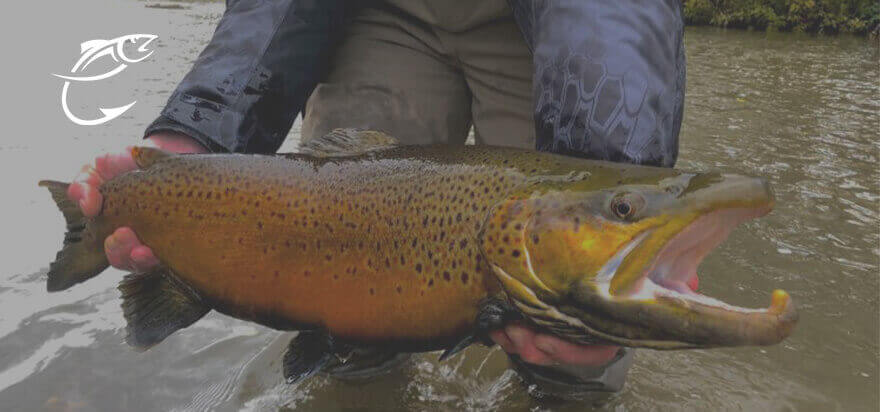
Seasons like summer, winter, spring, and fall play a major role in the behavior and availability of trout. Techniques and tactics used to catch trout in one season may not work in another. That’s why it is mandatory to consider the fishing season first and then prepare accordingly.
1. Summer
Trout-like calm and relatively cold water which is not possible during the summer season. That’s why trout goes deep during this season, and it could challenging to catch one. But with a few tweaks in the fishing techniques and baits, you can easily catch one. Bottom or deep fishing is more preferred during this season. Shady spots are also a good position. Water inlets are trout’s favourite spots are they bring fresh food and oxygenated freshwater. During summer, fishing time also matters. That’s why it is advised by experienced anglers to fish early in the morning or late afternoon/evening as noise is less and light intensity is at its weakest during these times.
2. Winter
Trout is a cold-blooded species and reduce their metabolism and become lethargic during the winter season. They tend to go deep where ice condition is stable and water is still. During this season, trout isn’t active too much and doesn’t hunt too hard but relies on the incoming food with the water. Deep or bottom fishing techniques with alluring bait can make one lucky in catching trout.
3. Spring
Trout is wildly active during the spring season as they have been too lethargic during the winter season. The waters are neither too hot nor too cold during this season. Moreover, there is an abundance of food during spring, so it’s the perfect hunting season for trout as well as anglers. Along with being too active, trout is too cautious as well during spring. So, attractive artificial lures that imitate their natural prey come in handy during spring. Most anglers prefer float fishing during this season. Casting perfect lures near their sweet and prime spots like shades, ridges, water inlets, vegetation, etc., can help you score a good amount of trout during spring and early spring.
4. Fall
During fall, water is crystal clear. So, trout avoid clear water in order to protect themselves from predators and stay in the shade. So, use clothes that blend in with the surrounding environment. The fall season also serves plenty of insects like grasshoppers, ladybugs, etc. They frequently land on water and are the favourite food for trout. So, using fishing lures that imitate these bugs can get you plenty of trout.
Prime Spots for Trout Fishing in a Pond
No matter how alluring bait you have and how proficient angler you are, if you don’t know prime spots of trout, all of your preparations can earn you nothing. The question of where to catch trout is as much important as how to catch trout in a pond. So, knowing the sweet spots of trout is really helpful. Here we will present you most of the prime spots where you can easily find trout:
- Water inlets provide fresh aquatic insects to trout along with fresh water. So, always look near water inlets and streams.
- Shadowy spots like thick underwater vegetation, overhanging branches, undercut banks, fallen trees are considered important spots among experienced anglers as they provide protection and buffet of aquatic insects for trout.
- Underwater structures with holes also provide protection and shade to trout.
Best Bait for Trout in Ponds
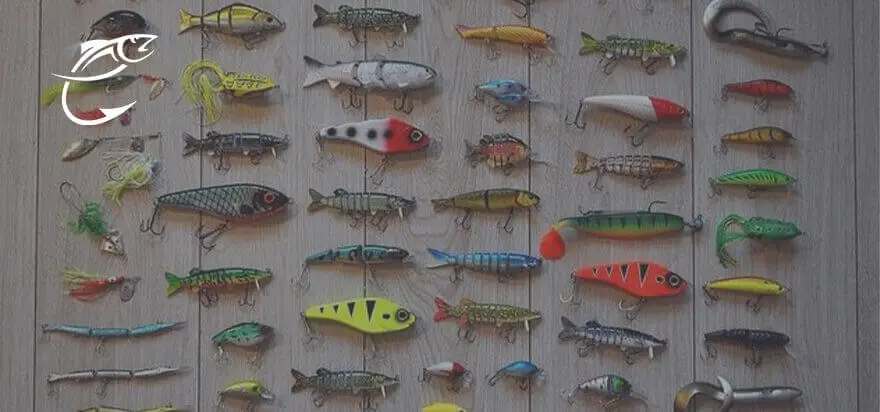
When it comes to choosing bait for trout, there are two options you can choose from. One is natural bait which includes insects, salmon eggs, dough balls, powerbait, corn beads etc. The other is artificial bait or fishing lures which includes jigs, flies, spoons, spinners, poppers, etc. In this section, we’ll talk about both natural and artificial baits and let you figure out the best way to catch trout in a pond.
1. Worms
Worms like nightcrawlers, garden hackle, red wigglers, etc., are some of the most charming baits used by anglers for trout fishing as they are the favourite buffet for trout. Some anglers prefer to use worms for float fishing, while others use them for bottom fishing.
2. Salmon Eggs
Salmon eggs are considered one of the natural baits for fishing trout. Having natural color and flavor, they are widely being used for a float as well as bottom fishing. You can rig salmon eggs or can use premade rigs before fishing.
3. Dough Balls
Dough balls are considered the best homemade trout bait. They are cheap and also easy to make. Above all, they work perfectly well on stocked pond trout as they are fed on similar food. Try out different dough balls with different recipes, and then figure out what works best for you. You can either buy them or make them at home.
4. Powerbait
Powerbait is pellet-like bait similar to dough balls available in different colors and is widely used by novice as well as experienced anglers. Powerbait can be easily found on bait stores and is considered best for bottom fishing.
5. Corn Beads
Corn is another charming bait for trout. Thread them on to hook and then cast into the pond and wait for the magic to happen. Different recipes could be used to prepare them.
Artificial Trout Fishing Lures
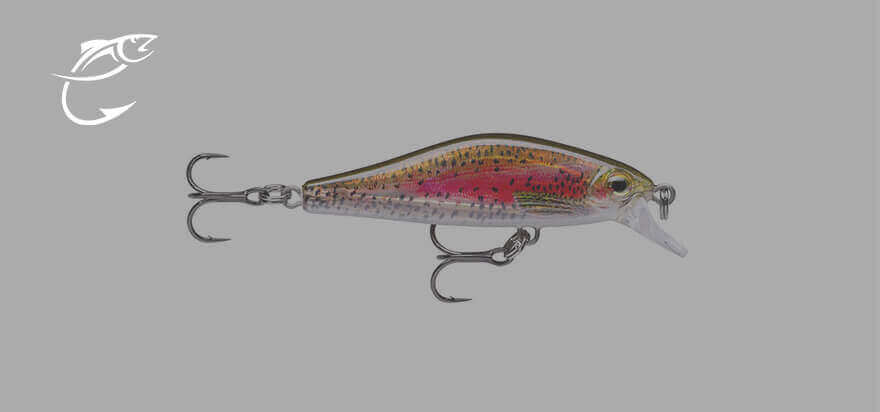
Trout fishing lures are a great way to fool the trout as they are the perfect imitations of the favorite food of trout. They come in different colors with different scents as an added attractant. These lures resemble leeches, flies, fish, minnows, worms, craws, and other favorite buffets of trout. These lures are available at different bait stores at cheap rates. Some of the most commonly used lures are Rebel Wee-Craw, Berkley Gulp! Trout Worm, Rebel Trackdown Minnow, Blue Fox Vibrax, etc.
Tips that can Help You Figure How to Fish for Trout in a Pond
- Trout are a very cautious species and they tend to hide under any suspicion. So, avoid picking noisy spots for fishing that can arise their suspicion.
- Sometimes, using one type of bait may not work for fishing trout. So, have different baits with you and see what works best for you.
- If you want to increase your chances of catching trout, try early in the morning or late afternoon/evening. Due to no intense light and noise at this time, they tend to roam without any caution and you can catch plenty of them.
- Don’t just go and start fishing, take your time to inspect the pond, and movement and behavior of the trout in the pond before fishing.
- If you are a beginner angler and still learning how to catch trout in a pond, try stocked ponds first and then go for fishing trout in other challenging ponds.
- If you are trying your luck in a stocked pond, try right after the pond is stocked and use relatively smaller hocks as stocked ponds have smaller fish.
- Choose a fishing line that is light weight and can blend in with the water easily as trout are very suspicious species. Usually 2-6 pound fishing lines are perfect for fishing trout but you can upgrade to 8-10 pound as well according to your requirements.
- If you are fishing trout in summer, try water inlets as these spots are good source of food and oxygenated fresh water for trout.
Bottom Line
Being through the whole article, now the question of how to catch trout in a pond should seem a piece of cake to you as you know the basics of what it takes to hit a jackpot by this write-up. Now it’s time to take all of the above-mentioned instructions along with your fishing gear and put them into practice.

